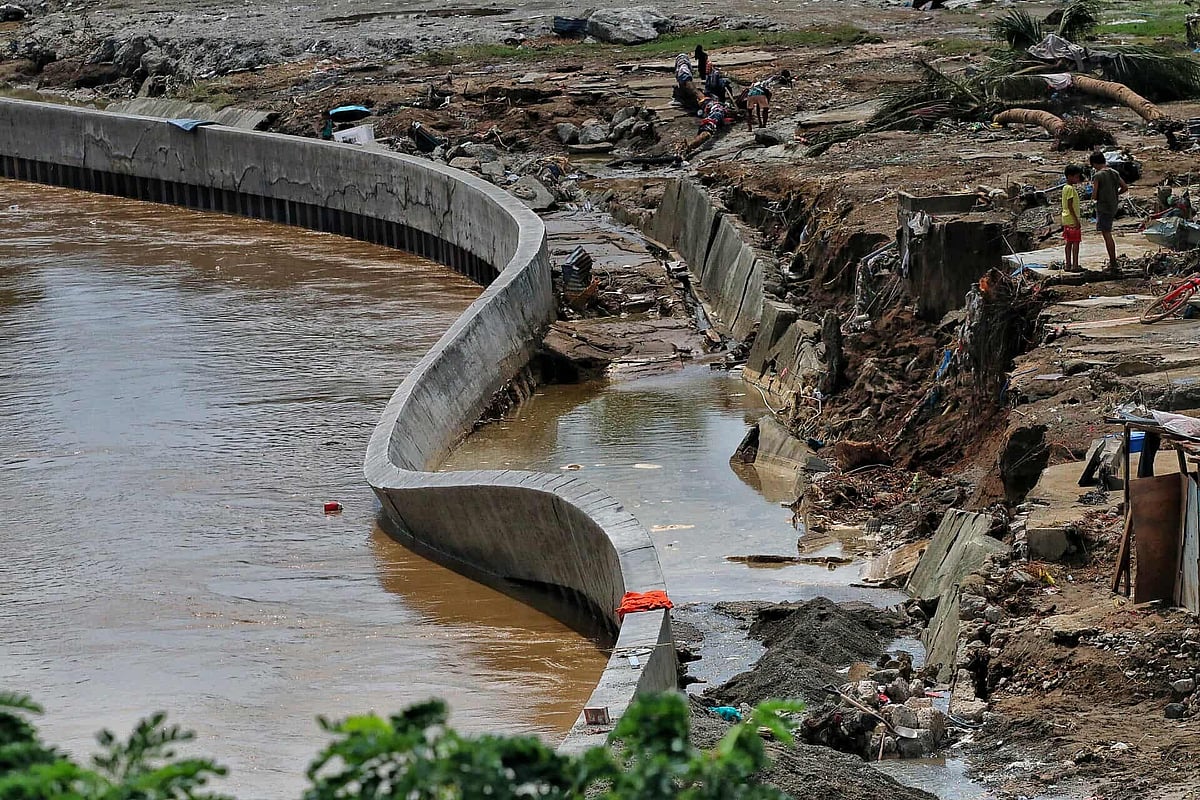343 flood control projects in Cebu — so where did the floods come from?
Province hit by deluge received hundreds of projects aimed at enhancing flood defences

Cebu province saw the implementation of at least 343 "flood control projects" aimed at enhancing the region’s resilience to extreme weather events such as typhoons.
These flood mitigation structures form part of public works projects to control the impacts of flooding caused by intense rainfall and storm surges that frequently affect the archipelagic province.
Probe
Malacañang highlighted on Wednesday that these flood control projects would now be under investigation.
These raft of projects likely played a significant role in helping, or failing, Cebu amid the onslaught of Typhoon Tino.
The typhoon brought heavy rains and strong winds to the area, testing the durability and effectiveness of existing infrastructure designed to manage floodwaters and protect communities.
Inundation
The 343 projects, from the period between 2016 to 2022, span a variety of flood mitigation strategies including the construction of drainage systems, riverbank reinforcements, floodwalls, and pumping stations, all engineered to reduce water overflow that can inundate homes, farms, and businesses.
Some environmentalists point to the loss of watershed areas due to urbanisation, which would have improved the natural absorption of rainfall.
Watersheds help reduce surface runoff that contributes to flooding.
After flood control scandals in Luzon and Mindoro were exposed, triggering the creation of the Independent Commission on Infrastructure (ICI), the ones in Cebu and neighbouring provinces in central Philippines may now be the next to undergo closer scrutiny.
These infrastructure investments were aimed to not only shield urban centres prone to flooding but also rural communities vulnerable to landslides and river overflows during typhoons.
Cebu’s geography — with its mix of coastal plains, river systems, and mountainous areas — requires a multi-faceted approach to flood control.
Malacañang’s remarks come amid growing concerns over the increasing frequency and severity of typhoons due to climate change.
Flood control infrastructures play a critical role in disaster risk reduction and climate resilience.
Typhoon Tino caused devastation on a wide swath of the Visayas, in central Philippines, and the presence, or lack, of these flood control measures is now subject to public scrutiny, highlighting how well-built flood defences help mitigating potential damage and loss of life.
Continued investments in such infrastructure will be essential for Cebu and other vulnerable provinces to adapt to future climatic threats and ensure the safety and well-being of their residents.
Sign up for the Daily Briefing
Get the latest news and updates straight to your inbox
Network Links
GN StoreDownload our app
© Al Nisr Publishing LLC 2025. All rights reserved.